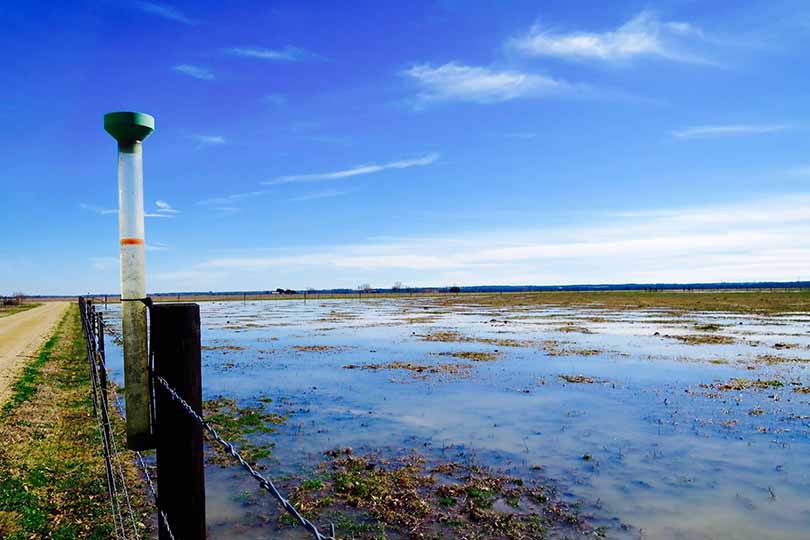By Julie Tomascik
Editor
Last week, the U.S. House Transportation and Infrastructure Committee approved a resolution to void the Biden administration’s Waters of the U.S. (WOTUS) rule that is scheduled to go into effect March 20.
The resolution was introduced by Committee Chairman Rep. Sam Graves (R-Mo.) and Rep. David Rouzer (R-N.C.), who is chair of the Water Resources and Environment Subcommittee.
It passed the committee with a 30-22 vote.
Several lawmakers said the Biden administration should wait to implement the new WOTUS rule until after the Supreme Court issues a ruling in the Sackett v. EPA case.
The Supreme Court ruling in the case could send the Biden administration back to the drawing board on the definition, resulting in more confusion for farmers, ranchers and landowners.
Agricultural groups, including Texas Farm Bureau and American Farm Bureau Federation, say that the Trump administration’s Navigable Waters Protection Rule makes it easier for farmers, ranchers and landowners to determine whether they have jurisdictional wetlands on their property.
The Biden administration’s rule significantly expands federal jurisdiction over waters such as ephemeral streams and small wetlands. It would require landowners to hire environmental consultants, attorneys and engineers to ensure they are in compliance while trying to farm their land.
“Texas farmers and ranchers cannot know whether their property or project contains WOTUS, because the rule is hopelessly vague,” TFB President Russell Boening said when the organization, along with 16 other groups, filed a legal challenge against the Biden administration’s WOTUS definition. “The rule reaches far too broadly to cover wet patches and areas that are usually dry or remote from navigable water. The rule violates the Clean Water Act and the Constitution, as well as Supreme Court case law, and it should be struck down.”
Senate Republicans have introduced an identical resolution, but no action has yet been taken.
If the resolution is approved by the full House and Senate, it would need a two-thirds vote to overturn a presidential veto.

